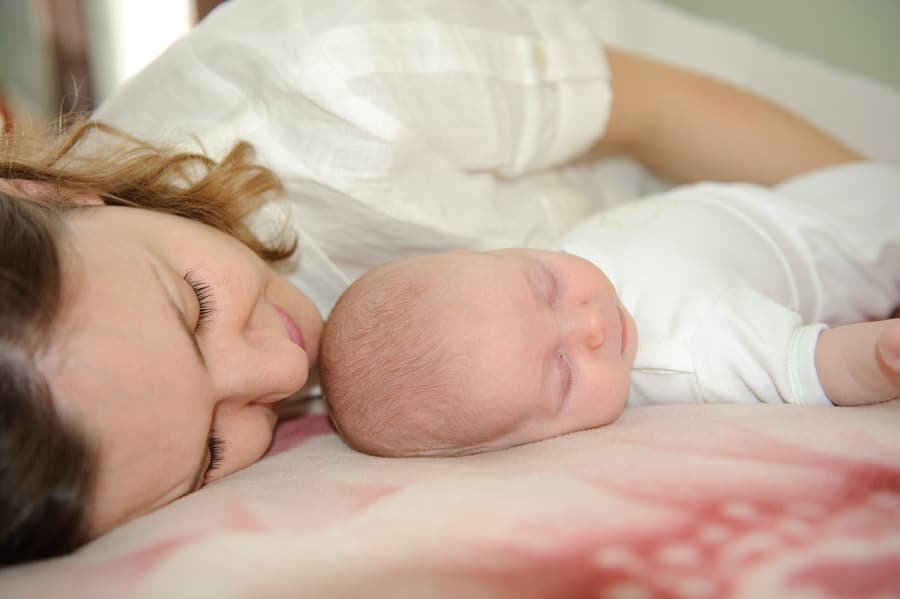 Blood loss
Blood loss
Most women lose about 500 mL of blood during and immediately after childbirth. Your body has been preparing for this by making extra blood in pregnancy. You will continue to lose blood at a slower pace for the next two weeks or so, and your body will bring its blood level back to its pre-pregnancy state. If you notice large clots, notify your doctor.
Vaginal discharge
You will have a vaginal discharge called lochia, which may be coloured red with blood at first. After a week, the bleeding should gradually cease, and the lochia should be a white or yellowish colour. If you notice heavy or bright red lochia, with or without clots, notify your health care provider right away.
Exhaustion
Due to child birth you will feel exhausted, and this exhaustion might last for a few weeks. You need good amount of rest in order to recover properly and to promote milk production. Limit visitors so that you can get your rest, and try to sleep when the baby sleeps.
Mobility
Moving about early helps to increase circulation and reduce the risk of developing bladder infection, constipation, and other health problems.
Breast changes
Your breasts will become filled with a clear fluid called colostrum, which will gradually change over the next few days into breast milk. In the first few days, your breasts may feel quite heavy.
Constipation
constipation is one of the most common after delivery. If you’ve had stitches or are recovering from a Caesarean-section, part of the problem may be psychological. While it’s completely understandable to have a fear of pushing, try and relax – your stitches (whether vaginal or abdominal) won’t tear.??To get things moving, eat plenty of fruit and vegetables, pulses and fiber and remember to drink plenty of fluids to stay hydrated. If you’re still finding it a strain, speak to your doctor about using a stool softener.
Recovery After Caesarean Section:
- Your doctor will prescribe a painkiller for use in the first weeks of recovery after your C-section surgery.
- This stage will only last for 1-3 weeks
- Taking doctor-recommended pain medication can help you get through those first difficult weeks and allow the healing process to begin.
- Breastfeeding while taking prescribed painkillers is generally considered safe for both mother and baby. .
C-Section Incision Care
- Sutures or Staples are used to close your incision
- At first, you may experience soreness at your incision site. Soon after, you will feel cramp-like “after pains” when your uterus starts to contract and shrink in size.
- This visit to your doctor will also allow her to check on your incision’s healing and for removal of the sutures at appropriate time.
C-Section Scarring
- Standard c-section scars are barely visible after complete healing, as the incision are made just above the public line.
- You can use a vitamin E containing cream couple of times to lessen the redness of the scarring.
Physical Limitations After C-Section
- In the weeks following c-section, you will need to avoid lifting anything heavier than your newborn baby.
- You will be encouraged to try to walk within 24 hours of your caesarean section. It also helps you to pass gas easily and helps you feel better.
- After cesarean surgery, coughing, sneezing, and laughing can be painful. Applying some pressure to your lower abdomen with a pillow will greatly reduce the pain.
- In addition, avoid strenuous exercise and sit-ups
- Get as much sleep as you possibly can.
Contact your doctor
- If you notice any infection around the incision site, pain in your calves, fever, worsening abdominal pain, or other symptoms that worry you, see your doctor as soon as possible
- A full recovery from caesarean section usually takes about six weeks.
Author:Dr. S. Boopathi, MBBS, MD Paediatrics (AIIMS)

